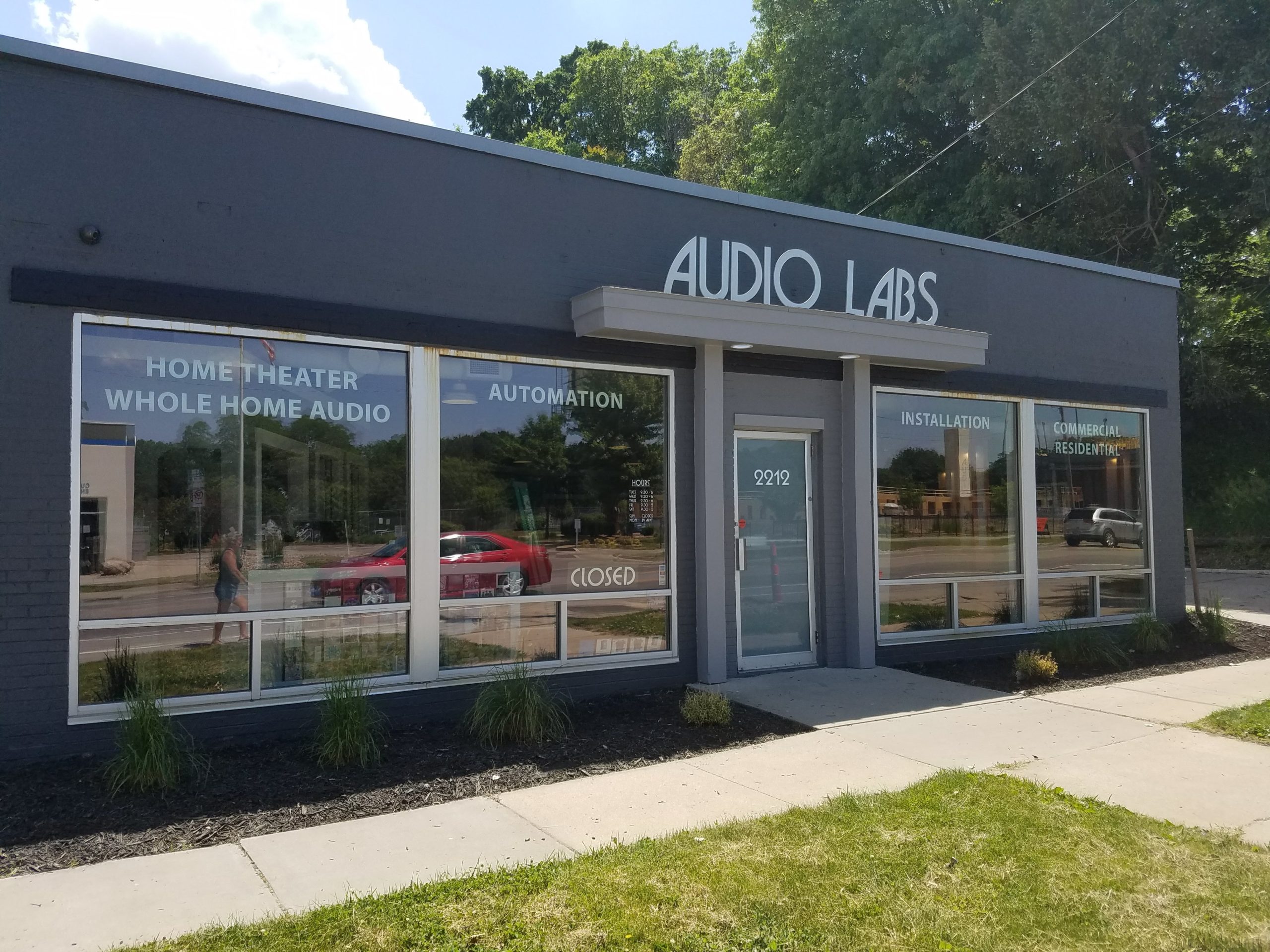While configuring audio-visual systems, the criticality of cabling and connectivity cannot be overstated. Effective infrastructure does more than just ensures that sound and video quality are maintained but also delivers the reliability of the overall system. In any AV setup, whether for a school, corporate space, or home theater, streamlining the network cabling can lead to better performance and fewer technical issues. This article will outline essential strategies for improving cable management and connectivity in AV solutions.
The first step in improving audio-visual systems is to choose the right cables for the job. Different types of cables perform specific purposes, so choosing compatible ones is crucial. For example, HDMI cables are standard for delivering high-definition image and audio signals. In comparison, balanced audio cables like XLR can eliminate distortion in sound systems. It is critical to assess the length and grade of these cables, as longer cables can cause signal degradation. By utilizing premium cables that fit the individual needs of the AV setup, users can dramatically boost overall performance.

Another key strategy is managing the wiring effectively. A neatly arranged wiring system not only seems neater but also improves functionality. Using cable management solutions like clips, ties, or sleeves can assist arrange wires tidy and avoid tangling. This layout also makes it easier to diagnose any issues that may occur. Labeling each cable according to its function or source can save time during installations or servicing. A clear layout helps technicians efficiently track connections, which is especially critical in complex systems with numerous devices.
Additionally, assessing the layout of the environment is essential for optimizing signal flow. The placement of components can impact how signals move through cables. Installing devices too far apart may call for longer cables or signal boosters, which can be costly and reduce quality. It is advantageous to map out the arrangement of equipment strategically, taking into account the spacing between devices and potential interferences such as walls or furniture. This strategic placement can minimize issues related to signal loss and improve transmission throughout the AV system.
Regular system inspections are another critical strategy for supporting optimal functionality of AV cabling and system integration. Over time, cables may become frayed due to movement or deterioration. Routinely inspecting all connections helps detect potential problems before they develop into significant issues. Replacing damaged cables and servicing connectors can preserve signal quality and modular audiovvisual setups for flexibility support the system functions smoothly. Maintaining a checklist for routine maintenance can help users stay on top of this aspect of their AV setups.
Finally, keeping up-to-date about modern innovations and standards is essential for anyone involved in AV solutions. The sector is consistently evolving with advancements in technology that can enhance integration and functionality. Participating in training sessions, reviewing industry publications, or joining professional groups can offer insightful knowledge into industry standards and up-to-date technologies currently offered. By leveraging these innovations and integrating them to existing systems, users can enhance their AV setups continuously while guaranteeing they remain current with industry trends.
In closing, optimizing Full Report wiring and AV performance in AV solutions involves thoughtful use of cables, intentional arrangement, well-planned space positioning planning, scheduled maintenance checks, and keeping informed on technological advancements. By utilizing these strategies, users can realize better results and reliability in their media setups, ultimately leading to a more satisfying experience for everyone involved.